Ten Types of Innovation
The Discipline of Building Breakthroughs
Number of pages: 276
Publisher: Wiley
BBB Library: Creativity and Innovation, Corporate Success
ISBN: 9781118571392
Editorial Review
Too often, innovation is reduced to a series of brainstorming sessions. Here’s the problem; evidence shows that such techniques do not actually lead to better outcomes. A number of years ago, we researched innovation efforts in industries such as manufacturing and services. A full 95% of these efforts failed. A glance around at the state of contemporary innovation suggests we’ve gotten a little better, but still do plenty of things that are more grounded in hope or habit than evidence. Our ambition is to make innovation a systematic approach, moving the field from a mysterious art to more of a disciplined science. The Ten Types of Innovation is part of the foundation of that ambition. We are convinced that by thinking about innovation in a more systemic way, you improve your chances of building breakthroughs.
Book Reviews
Books on Related Topics
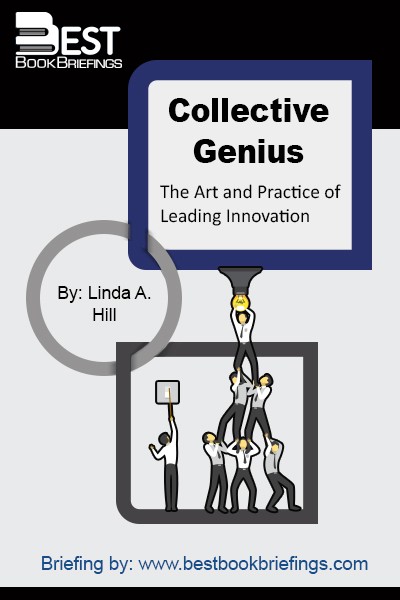
Volumes of research were conducted on innovation, and as many or more on leadership, but almost nothing was done on the connection between the two. Why is this so? Perhaps practicing leaders and management thinkers have simply assumed a good leader in all other respects would be an effective leader of
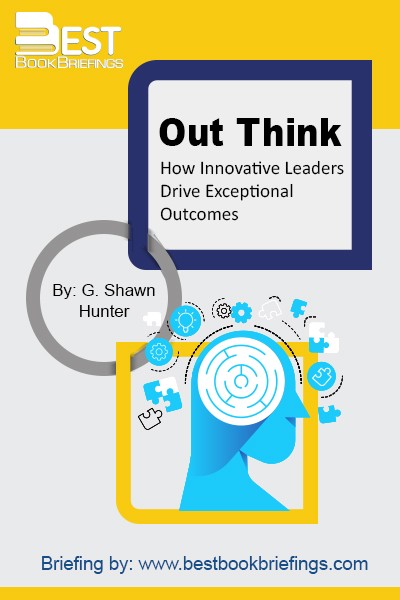
Organizations are succeeding by being open to innovation. Amazon went from being an online bookseller to a powerhouse when it started offering a wide variety of web-based services. Google and Apple have added a host of online services to their core competencies. And Toyota has enjoyed a decade-spanning, market-dominating run owing
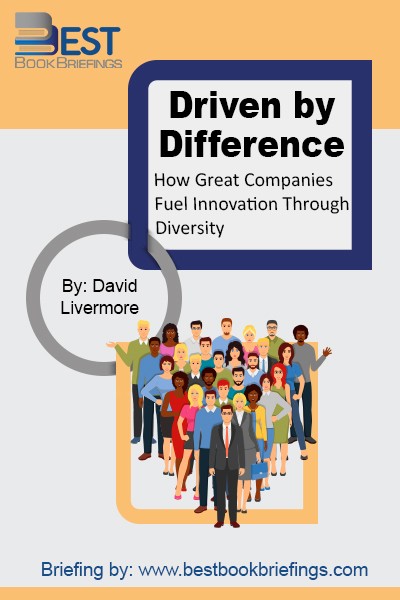
There’s no question that culture diversity provides one of the greatest opportunities for global innovation. The potential is enormous. But it’s a correlation, not causation. An organization that learns how to utilize the diverse perspectives from multicultural teams has a tremendous opportunity to come up with better solutions. In fact, when
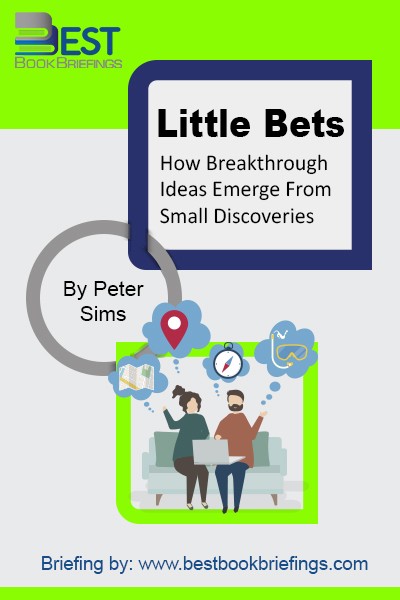
Little Bets is based on the proposition that we can use a lot of little bets and certain creative methods to identify possibilities and build up to great outcomes. At the core of this experimental approach, little bets are concrete actions taken to discover, test, and develop ideas that are achievable

Whitney Johnson wants you to consider this simple, yet powerful, idea: disruptive companies and ideas upend markets by doing something truly different—they see a need, an empty space waiting to be filled, and they dare to create something for which a market may not yet exist. In Disrupt Yourself, Johnson helps
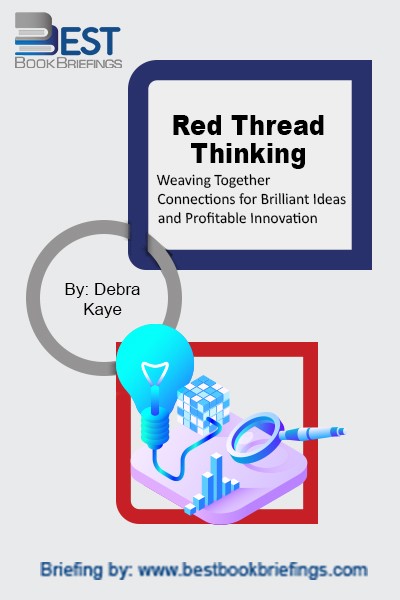
Red Thread Thinking teaches you to activate your own knowledge and resources to make better connections, have more and superior insights, and apply history as a valuable source for future-leaning innovation--without the need for high-cost development.
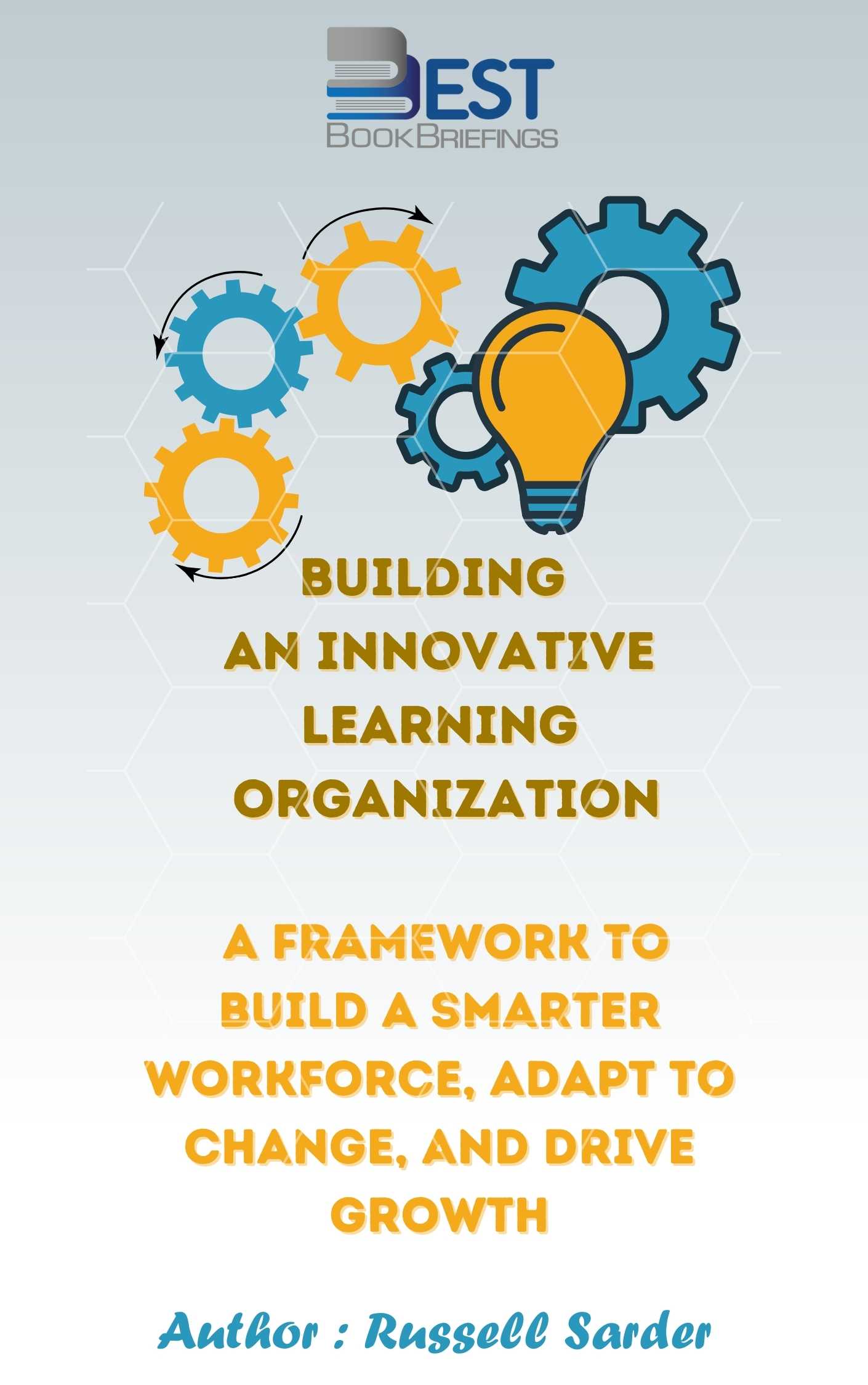
Learning organizations are composed of engaged, motivated employees who continually seek improvement, which leads to organizational agility and the ability to innovate ahead of the curve. This book is a practical, actionable guide on how to boost performance, successfully manage change, and innovate more quickly. Written by a recognized thought leader



